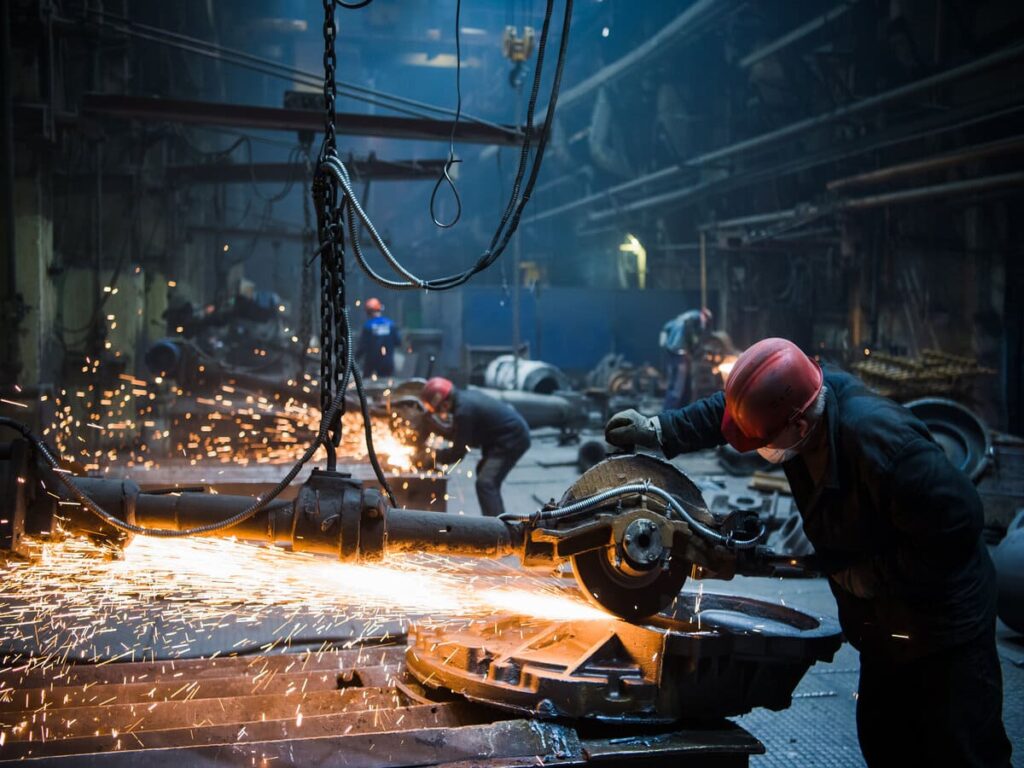Steel is the backbone of modern American industry, symbolizing strength and resilience across many sectors. It’s not just the sheer volume that makes steel a cornerstone in the U.S. but its versatility and sustainability that enable innovations from towering skyscrapers to intricate medical instruments. As a primary component in construction, transportation, and many other industries, the uses of steel presence are overwhelming. They reflect America’s industrial past and shape its technological future.
Construction Industry
Building Infrastructure
Steel’s high strength-to-weight ratio in building infrastructure allows skyscrapers to soar to heights and bridge expansive spans. The hidden strength in tunnels and the visible framework in stadiums also reflect steel’s durability and design flexibility.
Residential and Commercial Construction
Steel beams and reinforcements form the foundation of countless residential and commercial buildings. They offer a sturdy frame that withstands the test of time. In roofing, its role is to provide protection and a canvas for aesthetic expression. This makes steel a preferred material in both functional and design aspects of construction.
Architectural Elements
Steel’s malleability and aesthetic appeal transform facades, interior designs, and architectural decorative features. From sleek, modern looks to intricate, ornamental designs, steel’s versatility is shown in various architectural elements, blending strength with beauty.
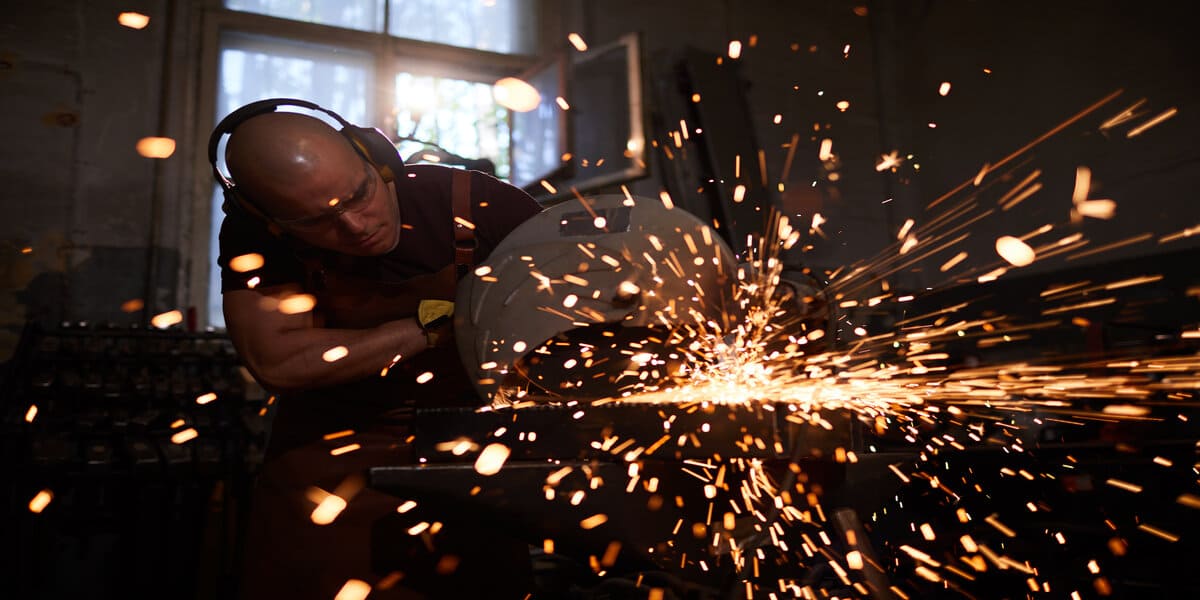
Transportation and Automotive Industry
Automobiles
Steel is very important in the automotive industry, forming the robust bodies, resilient engine parts, and critical safety components of vehicles. Its durability and cost-effectiveness make it a material of choice, balancing safety, efficiency, and automobile performance.
Railroads
In railroads, steel lays the tracks of progress, comprising the rails, train cars, and enduring infrastructure. Its ability to withstand loads and resist environmental stressors ensures the reliable and continuous movement of goods and people across vast distances.
Shipbuilding
Steel’s strength and resistance to corrosion are indispensable in shipbuilding, forming the hulls, decks, and structural components of maritime vessels. From massive cargo ships to naval fleets, steel provides the buoyant fortitude that navigates the challenging marine environment.
Aerospace
Steel contributes to planes’ framework in the aerospace industry and creates durable, heat-resistant components. Its unique properties enable aircraft construction that withstand extreme conditions and stresses, reflecting the industry’s pursuit of safety and performance.
Manufacturing and Engineering
Machinery
Steel is a primary element in manufacturing heavy machinery, tools, and industrial components, offering durability and precision. Its ability to endure stress and wear makes it ideal in producing and operating equipment that drives industries forward.
Consumer Goods
In consumer goods, steel is the silent contributor to the durability and sleek designs of appliances, electronics, and furniture. Its adaptability allows it to meet various consumer demands, providing the strength in refrigerators, the finesse in smartphones, and the elegance in modern furniture.
Energy Sector
Steel’s robustness is very important in the energy sector, forming the backbone of oil and gas pipelines, the towering presence of wind turbines, and the grid of electrical towers. Its resilience ensures the reliable transmission and generation of energy, supporting the very foundation of modern society.
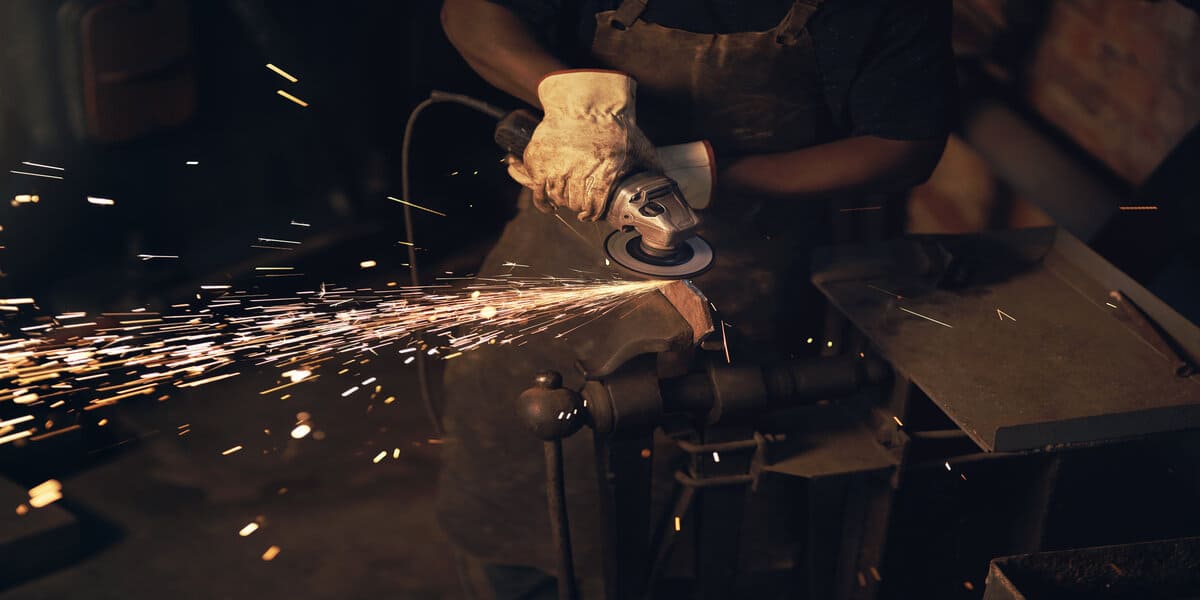
Infrastructure and Public Works
Utilities
Steel ensures the resilience and longevity of utilities, forming the core of water and sewage pipes needed for modern sanitation. It also provides the structural integrity for electrical grid structures, enabling the reliable distribution of power necessary to daily life and economic activity.
Public Transportation Systems
In public transportation, steel is used in creating the subways, light rails, and bus stations that connect communities. It supports the infrastructure that millions rely on for efficient and reliable urban transit, proving its value in the smooth operation and safety of public transportation systems.
Safety and Security
Steel’s strength, utilized in barriers, fencing, and protective structures, is very important in ensuring public safety and security. Whether guarding roadways, securing premises or protecting citizens, steel’s formidable presence deters hazards and provides a physical shield against various threats.
Medical and Healthcare
Medical Equipment
In medical equipment, steel’s precision and hygienic properties are necessary. It is used to manufacture surgical instruments and implants, benefiting from its resistance to corrosion and ease of sterilization. Steel’s strength and reliability also extend to the machinery used for patient care and diagnostic procedures.
Infrastructure
Steel is a key component in the infrastructure of hospitals and emergency facilities, providing the necessary robustness and longevity. It ensures that buildings can support the heavy equipment and constant foot traffic characteristic of healthcare settings while complying to strict safety and health regulations.
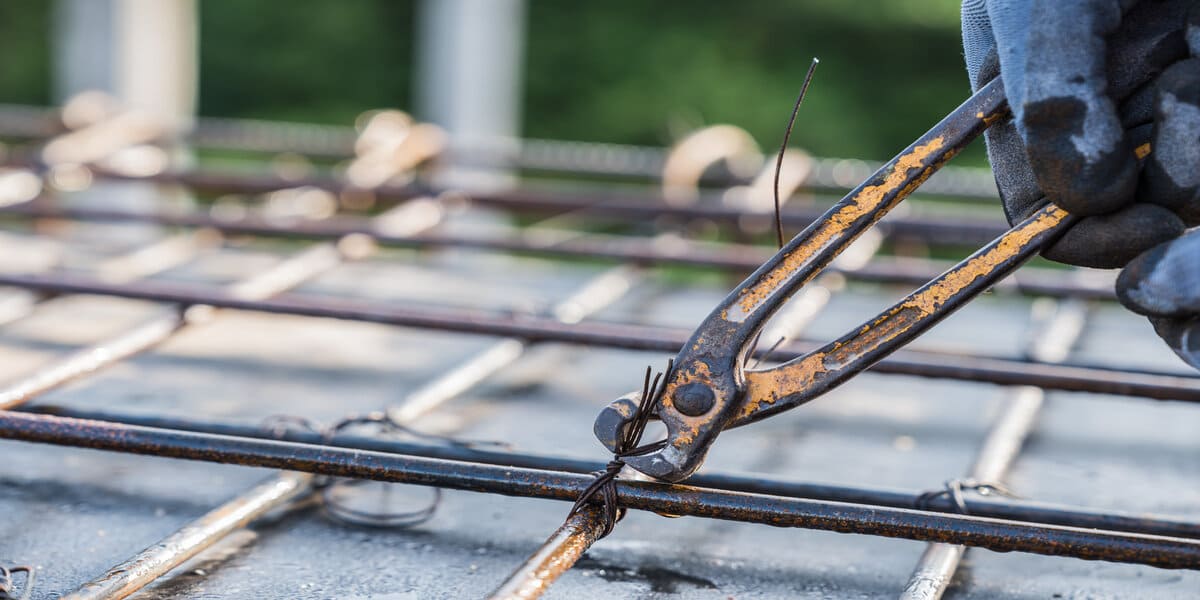
Art and Design
Public Art
Steel transforms public spaces through sculptures, monuments, and installations, offering artists a durable medium that withstands the elements while allowing for expressive creativity. Its versatility is evident in the range of textures and forms found in public art, making each piece a lasting testament to cultural and historical moments.
Functional Art
In functional art, steel brings strength and elegance to furniture, decorative items, and architectural accents. It can be molded into intricate designs or polished for a sleek finish. It is a favored choice for artists and designers who blend utility with aesthetic appeal, enhancing the functionality and beauty of living and working spaces.
Environmental and Recycling Aspects
Sustainability in Steel Production
Advances and innovations in steel production are continuously improving its sustainability. New methods reduce energy consumption and emissions, while material science advancements enhance steel products’ efficiency and lifespan. These innovations demonstrate the industry’s commitment to a sustainable future.
Recycling and Reuse
Recycling and reuse reduce the environmental footprint of steel, making it one of the most recycled materials in the world. Its ability to be recycled without quality degradation means that steel from discarded or obsolete products can be continually repurposed, conserving resources and energy while minimizing waste. This circular economy aspect of steel benefits the environment and underscores the material’s long-term value and sustainability.
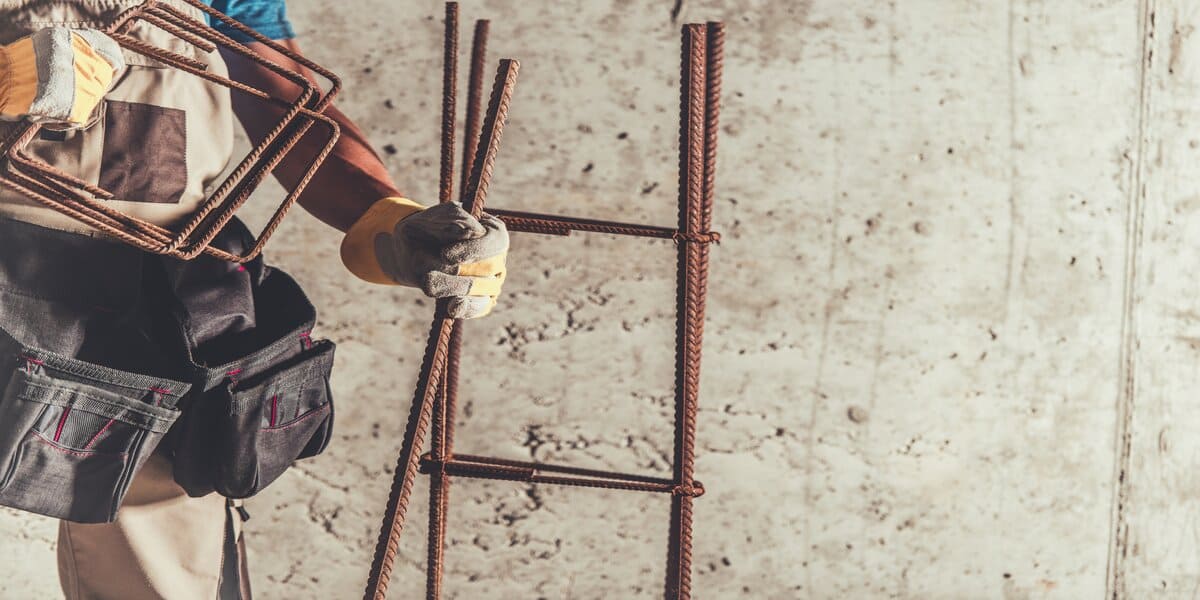
Future Trends and Innovations
Advanced Alloys and Composites
The development of advanced alloys and composites marks a trend in steel’s evolution, offering enhanced properties like increased strength, reduced weight, and greater corrosion resistance. These innovations expand steel’s applications and performance in various industries, promising a future where materials are tailored to the needs of each application.
Smart Steel Technologies
Smart steel technologies blend material science and digital innovation. Integration with sensors and IoT devices allows for real-time monitoring and predictive maintenance, optimizing performance and safety. Technology-driven improvements in production processes enhance steel’s environmental profile, reduce emissions, and increase efficiency in its use across industries. These advancements are setting the stage for a more responsive, sustainable, and resilient future for steel.
Steel’s Enduring Legacy and Future
Steel’s widespread influence across various industries reveals a legacy that is both deeply rooted and constantly evolving. In the U.S., steel’s adaptability, strength, and sustainability continue to serve as the foundation of the nation’s infrastructure, innovation, and industry. Looking ahead, the evolution of steel with advanced alloys, smart technologies, and sustainable practices promises to cement its important role in further shaping a resilient and progressive American landscape. As we move forward, the future of steel is not just about maintaining its relevance but redefining its potential in a rapidly changing world.
Frequently Asked Questions
How Sustainable is Steel as a Material?
Steel is one of the most sustainable materials due to its recyclability. It can be recycled without losing quality. It reduces raw materials and energy needs. Innovations in production also aim to reduce emissions and increase energy efficiency.
What are Some of the Latest Steel Production and Usage Innovations?
Innovations include the development of advanced alloys for greater strength and lighter weight, as well as smart steel technologies that integrate sensors for real-time monitoring. Sustainable production techniques are also being developed to reduce environmental impact.
What is the Future Outlook for Steel in the U.S.?
The future outlook is positive, with continuous advancements in technology and sustainability. Demand in construction, transportation, and energy industries is expected to sustain, while innovations will likely further expand steel’s applications and environmental performance.
How Does the U.S. Compare to Other Countries In Terms of Steel Production and Innovation?
The U.S. is a leading steel producer and continues investing in research and development for advanced materials and sustainable practices. It competes globally in terms of quality and innovation, with a strong focus on improving the environmental footprint of steel production.
What are the Main Challenges Facing the Steel Industry in the U.S.?
Challenges include managing environmental impacts, competing with alternative materials, adapting to changing market demands and ensuring sustainable practices. The industry must also navigate economic fluctuations and international trade dynamics.
References

